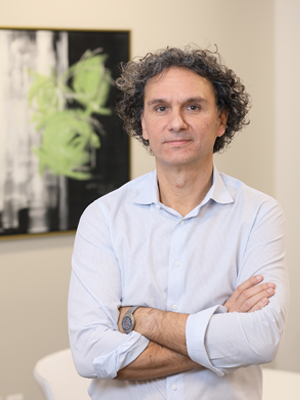This issue of CCR Milestones highlights some of our scientific advances in FY 2020-2021.
2020 was certainly a year to remember. It will leave us with a lasting impression of a historic pandemic that dramatically and painfully upended our lives. The past year also shone a spotlight on longstanding racial inequities and brought polarizing political tensions and unrest.
But we will also remember the past year for the good: for standing together in times of crisis, for appreciating our daily lives and the small things in them, and for pulling together in our communities, none more impressive than how the scientific community worked across disciplines and national borders to tackle COVID-19.
It is those uplifting memories that guided our image selection of CCR staff and our science advances on the cover of this issue of Milestones. They illustrate the new ways in which we come together to get things done.
In CCR, we will also be able to look back at yet another year of outstanding science. In this issue of Milestones, we feature some of the major recent advances made by our scientists and clinicians.
Our basic discoveries form the foundation of our translational and clinical activities, and this year included the development of new computational tools to identify viruses in cancer genomes and the elucidation of the consequences of DNA damage. We learned how to use RNAs as molecular switches and how the RAS oncogene picks its protein interaction partners.
We also advanced our translational science by finding new ways to predict treatment outcomes in immunotherapy by reprogramming immune cells to better fight cancer and, as part of a growing effort in CCR, by identifying the molecular basis for ethnic health disparities in lung cancer.
We developed novel diagnostic tools, one to detect liver cancer using viral exposure history, another to precisely detect prostate cancer using sophisticated imaging technology. And following CCR’s vision of “creating the medicines of tomorrow,” we can offer new treatment options for patients with lymphoma, neurofibromatosis type 1 and Kaposi sarcoma, the latter two leading to approvals from the Food and Drug Administration.
This year has tested our resolve. What has become clear is that science is here to help, be it with a viral pandemic, environmental threats or cancer. Our science gives us hope and it creates solutions — it makes our lives better.
Tom Misteli
Director
NCI Center for Cancer Research
